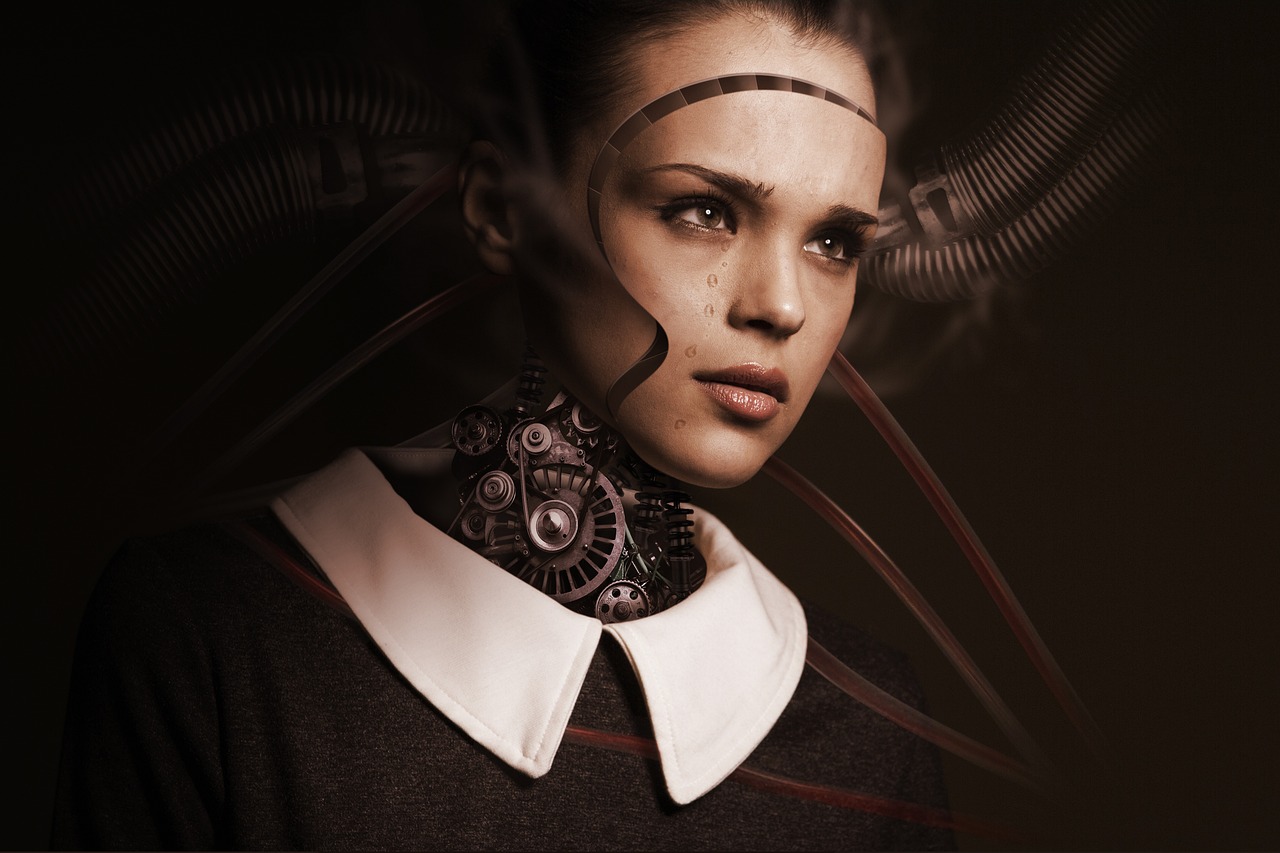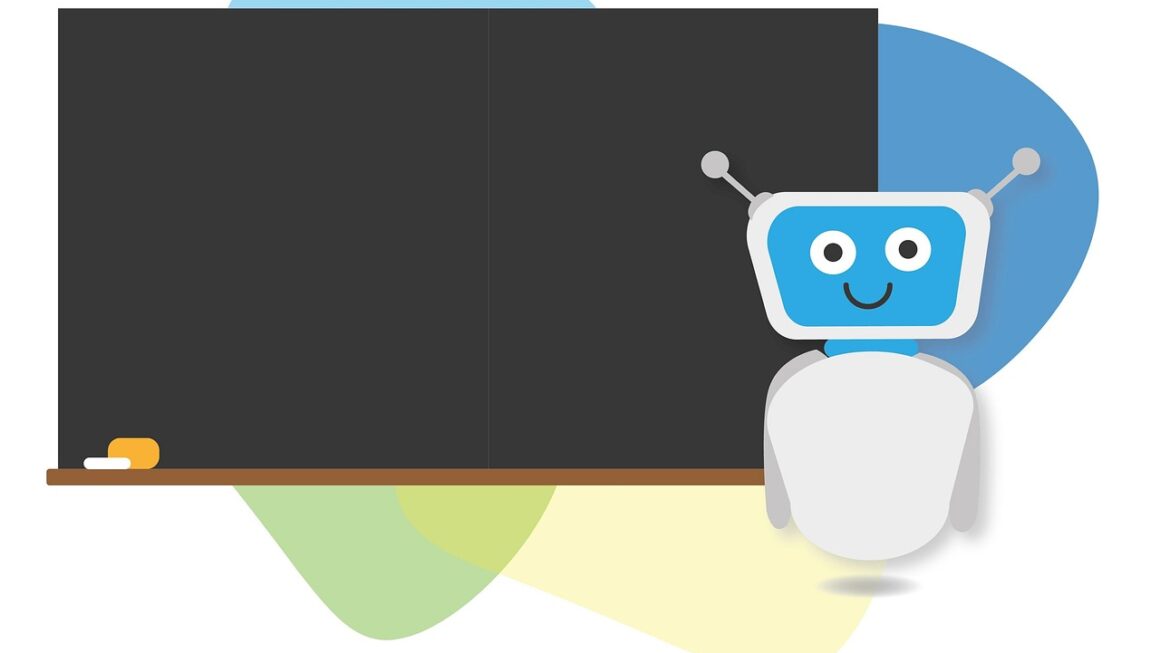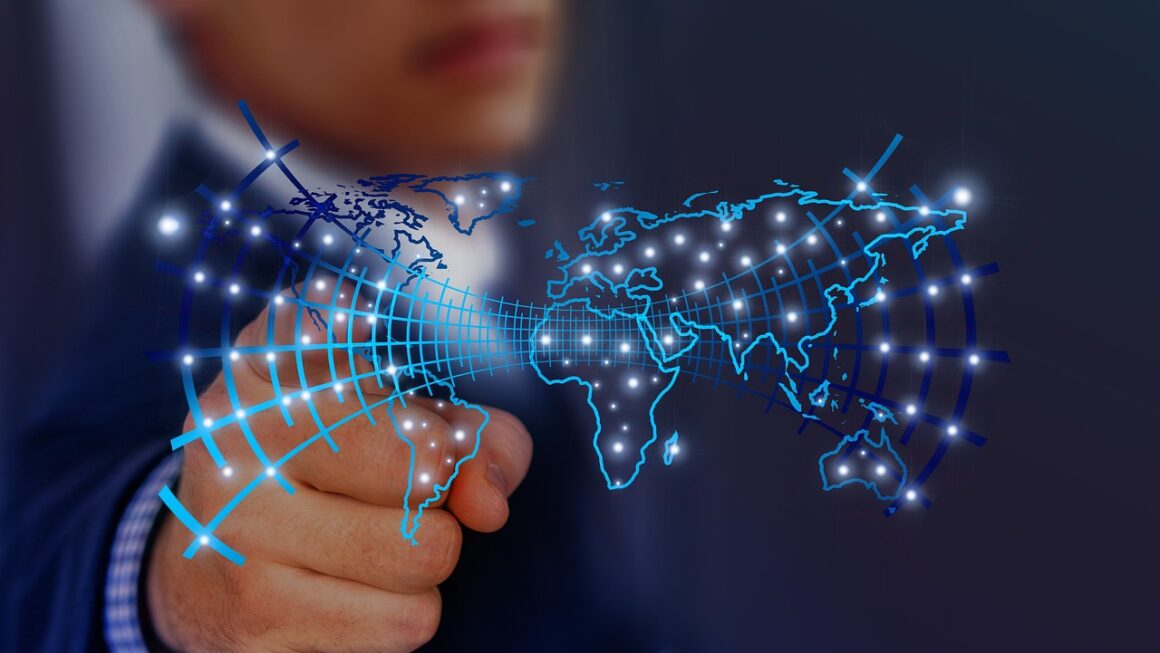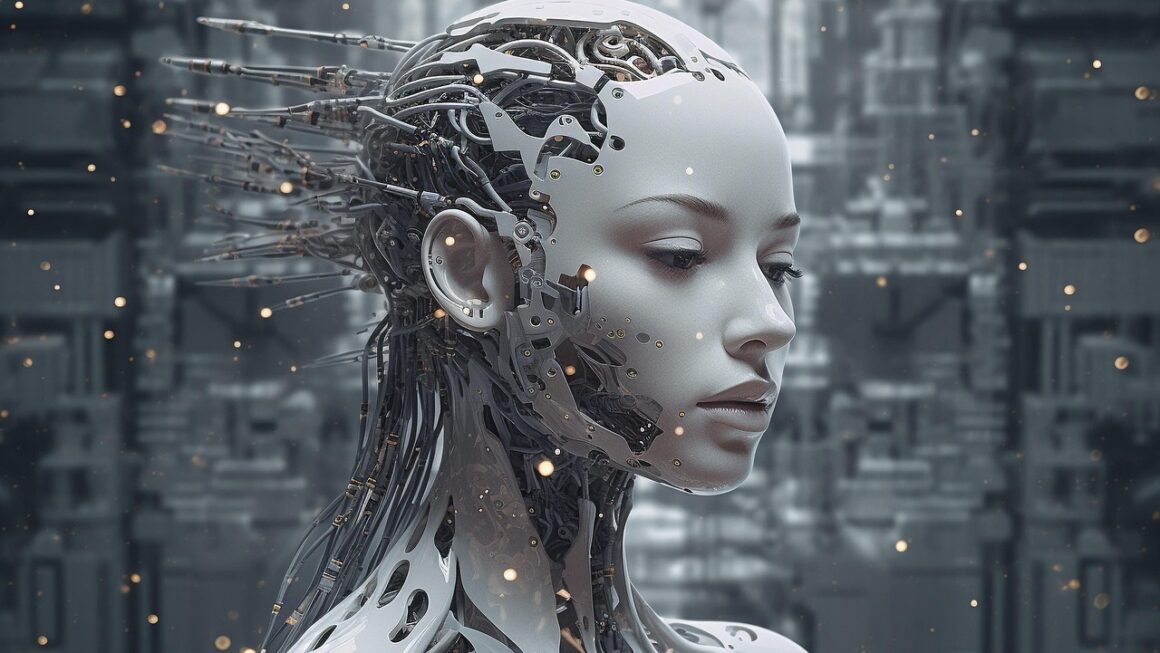Imagine a world where you can conjure up breathtaking images simply by describing them with words. No artistic skills required, no expensive equipment needed. That world is here, thanks to the rapid advancements in AI-powered image generation. This technology is revolutionizing creative industries, enabling anyone to visualize their ideas with unprecedented ease and speed. Let’s dive into the fascinating world of image generation and explore its capabilities, applications, and potential.
Understanding Image Generation: How Does It Work?
The Magic Behind the Pixels: AI Models
Image generation relies on sophisticated AI models, primarily Generative Adversarial Networks (GANs) and Diffusion Models. These models are trained on vast datasets of images and their corresponding text descriptions, allowing them to learn the relationship between language and visual representation.
- GANs (Generative Adversarial Networks): GANs consist of two neural networks, a generator and a discriminator. The generator creates images, while the discriminator tries to distinguish between real images and those generated by the generator. Through a continuous feedback loop, the generator learns to produce increasingly realistic images that can fool the discriminator.
- Diffusion Models: Diffusion models work by gradually adding noise to an image until it becomes pure noise. The model then learns to reverse this process, starting from noise and gradually denoising it to create a coherent image. This process allows for greater control over the image generation process and often results in higher quality images.
Text-to-Image: Bringing Words to Life
The most popular application of image generation is text-to-image synthesis. You provide a text prompt – a description of the image you want – and the AI model generates an image that matches that description. The more detailed and specific your prompt, the better the results.
- Example:
- Prompt: “A photorealistic portrait of a wise old woman with piercing blue eyes, set in a misty forest.”
- The AI would then generate an image of an old woman matching that description, trying to capture the details of her face, the forest environment, and the overall mood.
Beyond Text: Image-to-Image and More
Image generation isn’t limited to just text prompts. It can also involve image-to-image transformations, where you use an existing image as a starting point and modify it using text prompts or other visual inputs.
- Image-to-Image Example: Upload a photo of a cat and use the prompt “turn it into a cartoon character.” The AI will transform the photo into a cartoon version of the same cat.
- Other modalities: Some advanced models can even use audio or other data types to influence the generated image.
Applications of Image Generation: From Art to Commerce
Creative Industries: A New Era of Art and Design
Image generation is revolutionizing creative industries, offering new tools and possibilities for artists, designers, and marketers.
- Art Creation: Artists can use image generation to explore new styles, generate variations of their work, or create entirely new artworks.
- Graphic Design: Designers can quickly create mockups, generate visual assets for marketing campaigns, or explore different design concepts.
- Photography and Illustration: Image generation can be used to create realistic or stylized images that would be difficult or impossible to capture with traditional photography or illustration techniques.
- Actionable Takeaway: Explore different AI image generation tools and experiment with prompts to discover how they can enhance your creative workflow.
Marketing and Advertising: Visual Content at Scale
Image generation provides marketers and advertisers with a powerful way to create engaging visual content at scale, without relying on expensive photoshoots or stock images.
- Personalized Ads: Generate personalized ad creatives based on user demographics, interests, or browsing history.
- Product Visualization: Create realistic product images or lifestyle shots for e-commerce websites and marketing materials.
- Social Media Content: Quickly generate engaging visuals for social media posts, ads, and stories.
- Statistical Insight: A recent study found that businesses using AI-generated content saw a 20% increase in engagement on social media platforms.
Entertainment and Gaming: Immersive Worlds and Characters
Image generation is transforming the entertainment and gaming industries, enabling the creation of more immersive worlds and characters.
- Character Design: Generate unique and detailed character designs for video games, movies, or animation projects.
- Worldbuilding: Create realistic or fantastical environments for virtual worlds, games, and simulations.
- Special Effects: Generate stunning visual effects for movies and TV shows, saving time and resources compared to traditional CGI.
- Example: Imagine a game where the environment dynamically changes based on player actions, with new landscapes and creatures generated in real-time using AI.
Choosing the Right Image Generation Tool: A Practical Guide
Free vs. Paid Options: Weighing the Pros and Cons
Numerous image generation tools are available, ranging from free, open-source options to subscription-based services. Each has its own strengths and weaknesses.
- Free Options: Often provide limited features, resolution, and usage quotas. They are great for experimentation and personal projects. Examples include open-source GAN implementations on platforms like Google Colab.
- Paid Options: Offer higher quality results, more features, and dedicated support. They are ideal for professional use and commercial projects. Examples include Midjourney, DALL-E 2, and Stable Diffusion.
- Key Considerations:
- Image Quality: How realistic and detailed are the generated images?
- Features: Does the tool offer features like inpainting, outpainting, or style transfer?
- Pricing: What is the subscription cost or pay-per-image fee?
- Terms of Use: What are the licensing restrictions on generated images?
Popular Image Generation Platforms: A Comparative Overview
- DALL-E 2: Known for its creative and imaginative outputs, DALL-E 2 excels at generating surreal and artistic images from text prompts.
- Midjourney: A popular choice for creating aesthetically pleasing and artistic images, often used for generating landscapes, characters, and abstract art.
- Stable Diffusion: An open-source model that offers a good balance of quality and flexibility. It can be run locally or through cloud-based services.
- Craiyon (formerly DALL-E mini): A free and accessible tool that generates lower-resolution images, but is a fun way to experiment with image generation.
Tips for Writing Effective Prompts: Getting the Best Results
The key to successful image generation is crafting clear and detailed prompts. Here are some tips:
- Be Specific: Use precise language to describe the subject, environment, style, and mood you want to capture.
- Use Modifiers: Add modifiers like “photorealistic,” “hyperrealistic,” “oil painting,” or “cartoonish” to influence the style of the image.
- Specify Composition: Describe the desired composition, such as “close-up,” “wide shot,” or “portrait.”
- Experiment: Try different prompts and variations to see what works best.
- Example: Instead of “a cat,” try “a fluffy Persian cat sitting on a velvet cushion, bathed in warm sunlight, photorealistic.”
Ethical Considerations and Future Trends
Addressing Bias and Misinformation
Image generation technology raises important ethical concerns, particularly regarding bias and misinformation.
- Bias: AI models can inherit biases from the datasets they are trained on, leading to biased or discriminatory outputs. Developers need to address these biases through careful data curation and algorithmic adjustments.
- Misinformation: Image generation can be used to create fake images that spread misinformation or propaganda. It’s important to develop tools and techniques for detecting and combating AI-generated disinformation.
The Future of Image Generation: What’s Next?
Image generation technology is rapidly evolving, and the future holds exciting possibilities.
- Increased Realism: Expect even more realistic and detailed image generation capabilities, blurring the lines between AI-generated and real-world images.
- Improved Control: Greater control over the image generation process, allowing users to fine-tune specific aspects of the image.
- Integration with Other Technologies: Seamless integration with other AI technologies, such as natural language processing and computer vision.
- Wider Accessibility: Increased accessibility of image generation tools, making them easier to use for a wider range of users.
- Actionable Takeaway:* Stay informed about the latest developments in image generation technology and its ethical implications.
Conclusion
Image generation is a transformative technology with the potential to revolutionize creative industries, marketing, entertainment, and more. By understanding the underlying principles, exploring the available tools, and considering the ethical implications, you can harness the power of image generation to bring your ideas to life and create stunning visuals with unprecedented ease. As the technology continues to evolve, it’s crucial to stay informed and adapt to the changing landscape to fully leverage its potential.




